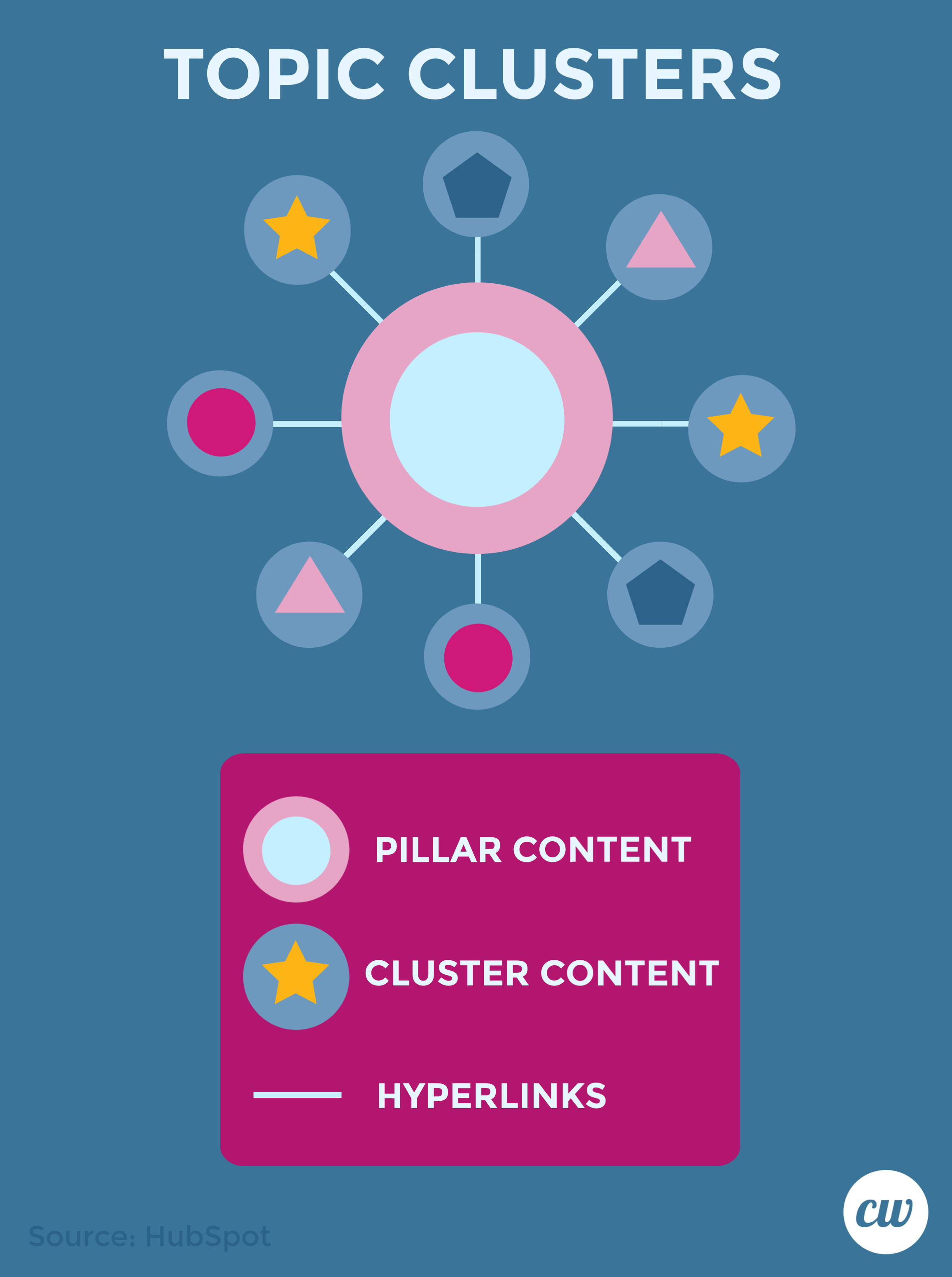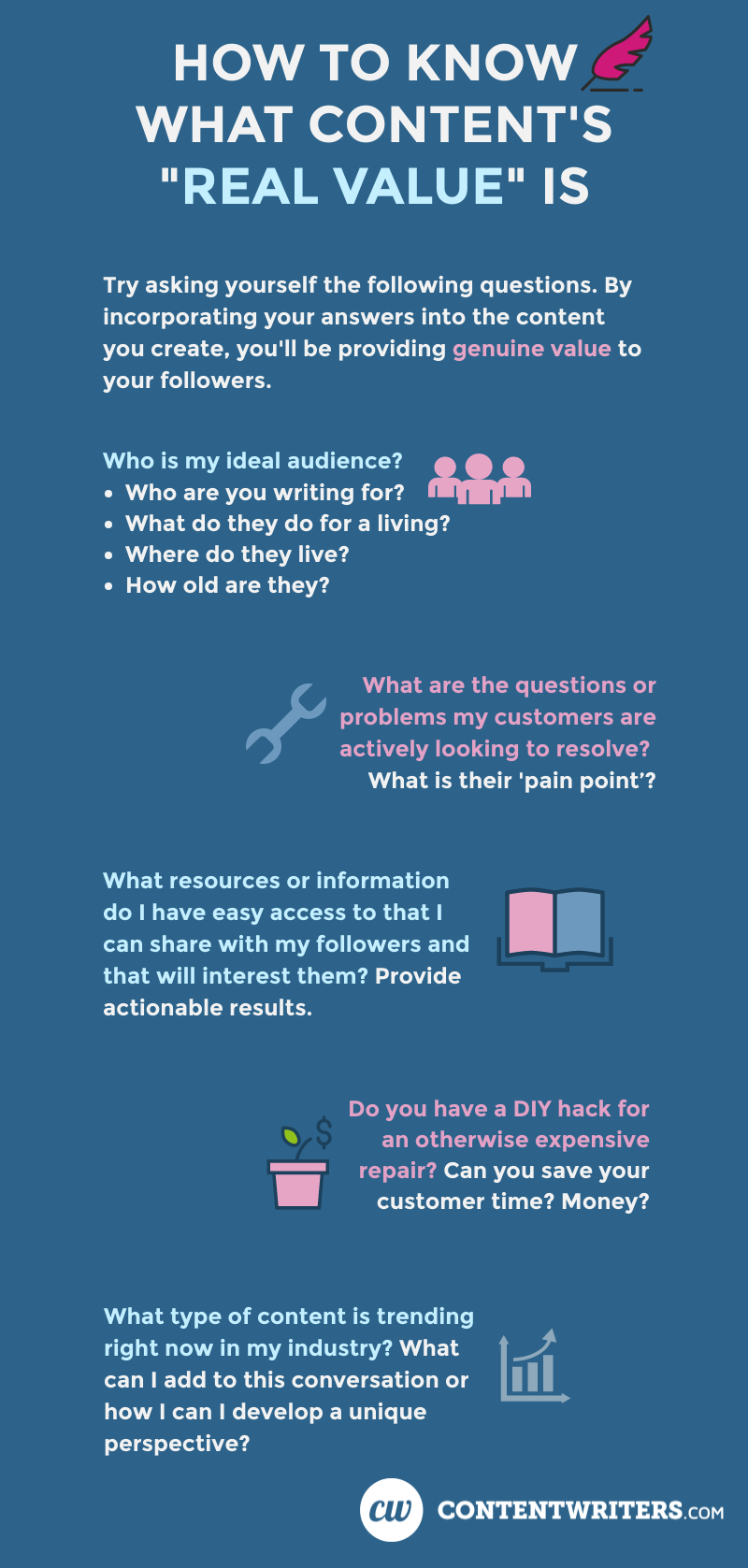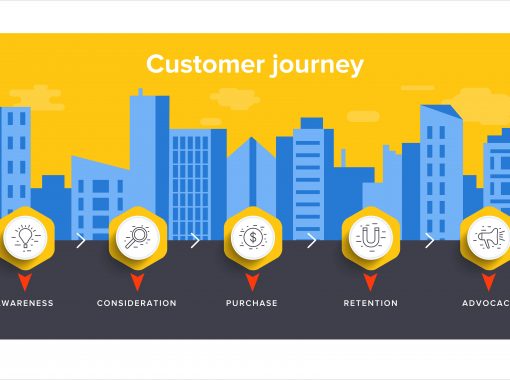
Long Form vs. Short Form Content – What’s Right For Your Business?
As you strive to capture audience attention, build authority, and drive conversions, it’s essential to understand the best use of short-form vs. long-form content. Each format has its place within a comprehensive content strategy. Understanding the nuances of long-form and short-form content enables you to optimize your efforts for maximum impact.
What Is Long-Form Content?
Long-form content provides in-depth answers, thorough analyses, or detailed insights. It typically exceeds 1,000 words, though some SEO experts set the minimum word count closer to 1,500 or 1,800 words. The precise length of the content is less important than the quality of the information provided.
Successful long-form content is characterized by its depth and thoroughness, giving readers a clear understanding of the topic. It provides value through substantial information, analysis, and expert perspectives.
What Is Short-Form Content?
Short-form content is designed to be engaging and easily digestible. It’s ideal for capturing attention to build awareness or drive immediate action. Encompassing everything from tweets to blogs of up to 1,000 words, short-form content caters to mobile users searching for a quick, concise answer.
Short-form content provides a quick burst of information or entertainment, succinctly delivering key messages. Here’s a deeper look at each form of content, including typical examples.
Long-Form Content Examples
Long-form content is an essential part of any content strategy. An in-depth piece of long-form content demonstrates your brand’s expertise, knowledge, and authority. It builds SEO by delivering more relevant and thorough content than your competitors. It also helps engage prospects during their information-gathering and decision-making processes.
Here are typical long-form content examples:
In-Depth Articles and Blog Posts
These pieces demonstrate a company’s expertise and build online authority by comprehensively covering a topic. They may be credited to a bylined expert, and often feature research, analysis, and insightful commentary.
White Papers and E-Books
White papers are authoritative reports on specific issues with a formal tone, targeting a professional audience. They often focus on industry research, problem-solving, and thought leadership.
eBooks provide comprehensive information beyond what would generally be covered in a long-form blog. They are usually presented as PDFs with images and a cover design, making them look like short books.
White papers and eBooks are often offered as gated content because they tend to cover technical or high-value topics. This makes them excellent for lead capture since prospects are willing to submit their contact information in exchange for the download.
Case Studies
Case studies showcase how your product or service helped a specific client overcome a challenge. They provide real-world examples of your success and build trust.
Pillar Pages
Pillar pages (sometimes called skyscraper content) are long, substantial blog posts that comprehensively cover the subject matter. These pieces feature at least 2,000 words of high-quality content. The more credible, authoritative, and well-researched the piece, the better it will perform.
The goal of the pillar page is to be more valuable and all-encompassing than any existing website page or blog post. Your pillar page should include all the topics other top-performing pages have and expand on existing information to answer additional questions.
Because they offer more value, pillar pages tend to be linked to more often than shorter pieces. Backlinks from outside blogs and articles are powerful tools for improving your SEO ranking.
Webinars and Podcasts
In-depth webinars and podcasts can provide long-form content for audio or video consumption. They allow for deep dives into a topic with the benefit of host personality and guest interviews. Webinars and podcasts can be transcribed and edited to use as blogs.

Short-Form Content Examples
Short-form content complements long-form content. It’s easy to consume on the go and grabs prospects’ attention, delivering a bite-sized piece of information or entertainment. Short-form content can pique a user’s interest and drive them to the more in-depth information on your website.
Short-form content makes you more searchable on social media, which is increasingly relevant in today’s marketing landscape. Here are a few types you’ll typically encounter.
Social Media Posts and Stories
Social media posts and stories are engaging, shareable, and quick to consume, making them ideal for capturing attention on platforms like Facebook, Instagram, Twitter, and LinkedIn. Stories’ 24-hour lifespan offers a sense of urgency, encouraging immediate interaction.
Infographics
Infographics capture information in a highly consumable format. By combining visuals and text, infographics convey complex information quickly and clearly. They can effectively summarize data, statistics, or processes. Including them in your social media, blogs, and articles can encourage readers to share your content, creating links to your social page or website.
Video Clips and Reels
Short video clips and reels with engaging visuals and concise messages are perfect for capturing attention on platforms like TikTok, Instagram Reels, and YouTube Shorts.
Blog Snippets
Blog snippets are short, focused excerpts from longer articles that provide quick insights or highlights. They can drive traffic to the full article. For example, if you publish a new pillar page, you can share engaging points on social media to increase your content’s visibility and reach.
Quotes and Testimonials
Quotes and testimonials are highly effective short-form content that highlight customer satisfaction, brand values, or inspirational messages. They are easily shareable and can enhance credibility and trust.
Polls and Quizzes
Polls and quizzes are fun ways to get your audience to engage with your brand. Plus, they can reveal helpful insights about your customers’ thoughts, desires, or experiences.
Long-Form Content Is Essential in a Comprehensive Strategy
Both long-form and short-form content should be part of an effective content strategy, but long-form content provides distinctive benefits that make it essential. Here’s a quick look at why it’s necessary and how to create it.
Long-Form Content Projects Authority
The longer a piece of content is, the more authoritative it seems—as long as it’s filled with high-quality content. For search engines, longer content provides more opportunities to increase the text-to-HTML ratio, keyword usage, and credible link building. For readers, longer blog posts and e-books often provide more substantial content to answer user questions better, an essential part of Google’s people-first, helpful content policy.
Longer Content Is Better for SEO
Longer content may be pillar pages, tutorials, ultimate guides, case studies, or in-depth blogs on a topic central to your business. HubSpot regularly analyzes its vast collection of blogs. According to their data, blogs that generate the most leads are around 2,500 words. However, some of their most-read blogs are under 1,500 words, emphasizing the need for a balance of content types.
Like HubSpot, Wix’s analysis of its blogs found a word count sweet spot between 2,300 and 2,500. Research consistently shows that longer content attracts more new traffic than shorter content, even if posted less frequently.
Caveat: Longer is Not Always Better
Even so, most businesses benefit from a mixture of short and long blog posts. Not every topic warrants a deep dive, and it wouldn’t help you to create content purely to hit a target word count. The type of content must fit the topic and connect with your target audience.
For instance, if you publish a blog post about going to a particular conference, it probably doesn’t benefit you in any way to create a 3,000-word article about it. Since the topic is not evergreen, investing time or resources into creating a comprehensive post doesn’t make sense.
You want each new article or post you create to provide readers with education and value. Regardless of its length, delivering benefits to your prospects and customers will strengthen your SEO and give you the best performance.
What Makes Good Topics for Long-Form Content?
Your topic choices will impact the success of your content strategy. You want to meet your prospects and customers where they are, providing valuable information that guides them through the research and buying stages.
While the specifics will vary based on your business goals and customers, addressing your customers’ most common questions is a fantastic place to start. Using structured data, you can create a short blog post for each question or develop a comprehensive and easy-to-search FAQ page.
Product-based companies should consider developing a sales guide to address common sales objections. The guide can highlight your product’s unique benefits over its competition, offering relevant information while paving the path for sales.
To create a list of potential topics, consider the following strategies:
- Use a keyword planner to identify what your audience wants to know
- Determine what posts performed best on your website
- Poll customers about what topics they would like to see covered
- Evaluate the topics competitors cover
- Follow recent news and trends related to your industry
- Use online tools to identify new topics that might interest your audience
Short-Form vs. Long-Form Content: Best Uses
While long-form is the foundation of many content strategies, short-form content also plays an essential role in reach and performance. Prospects and clients don’t always have the time or mindset to dive into comprehensive content. Short-form content fills in the gaps by capturing their attention and delivering critical messages in a few seconds.
Punchy, easy-to-digest content is mobile-friendly and primed to be shared on social media, expanding your reach and impact. While long-form content is more likely to earn you backlinks, short-form content is more likely to go viral.
Engaging bites of information can also be faster and easier to produce than in-depth articles, making it easier to maintain a consistent online presence and keep your audience engaged. Short-form content is ideal for targeting “micro-moments,” when users turn to their devices for quick answers to their questions or needs. It delivers immediate value and is, therefore, highly effective in decision support.
The two types of content work seamlessly together. Long-form content can be repurposed for multiple channels, including into quick, compelling messages. This is an effective strategy for expanding your reach with minimal effort.
When to Use Short-Form Content
You can think of short-form content as attention-grabbing hooks to expand your brand reach, increase visibility, and attract prospects to your content and website.
Use short-form content to:
- Promote products, events, or brand messages through engaging and shareable posts.
- Deliver concise updates and promotions or announce new products.
- Share social proof to build excitement.
- Highlight your product or service’s key features and benefits.
When to Use Long-Form Content
Long-form content effectively educates your audience, provides in-depth analysis, or establishes thought leadership. It is well-suited for topics that require detailed explanations, complex ideas, or comprehensive guides.
Long-form content is the cornerstone of SEO strategies. Use it to improve search engine rankings and drive organic traffic.
Know Your Audience and Consider Your Business Goals
When evaluating whether short-form or long-form content is better for your website, it is best to take the time to get to know your audience. Will your audience benefit and prefer longer articles? Or are they looking for shorter pieces that get right to the point?
Your business goals should also guide your strategy. For example, if your company sells dog shampoo, having a website full of multiple pillar pages may be the quickest route to increasing sales. The money and effort might be better spent creating effective social media campaigns and short-form articles about how veterinarians recommend your shampoo with testimonials from customers who already use and love it.
By comparison, if your product or service has a longer sales cycle, having an extensive library of resources on your website can help potential customers find the answers they are looking for, without interacting with a live customer service agent. This can push the buyer to purchase quickly and substantially reduce the cost of acquisition. Plus, it can get people involved in your sales funnel through organic search engine traffic.
For most companies and industries, long-form content can deliver substantial results in terms of increased traffic, credibility, and sales. If you’re not yet employing the strategies of long-form content in your company’s content marketing plan, it is a good time to start.
Expertly Written Content at Scale
A balance of long-form and short-form content will help you engage diverse audiences and achieve your marketing goals. While long-form content offers depth and authority, short-form content captures quick attention and drives immediate action. Together, they create a robust content strategy.
Creating quality content is labor-intensive, which is where our experienced writers with industry-specific expertise can help. At ContentWriters, we manage every step of the content creation process to help you produce relevant, accurate, engaging blogs, white papers, eBooks, pillar pages, social posts, and more.
Connect with our team today and discover how we can help you create content that drives engagement and builds authority at any scale.
An earlier version of this article, written by Melanie G., was published on January 2, 2020.
Joan Weisman’s strong research skills, SEO knowledge, adaptability of style and voice, and passion for staying current make her an asset for freelance web content, SEO, and copywriting.






